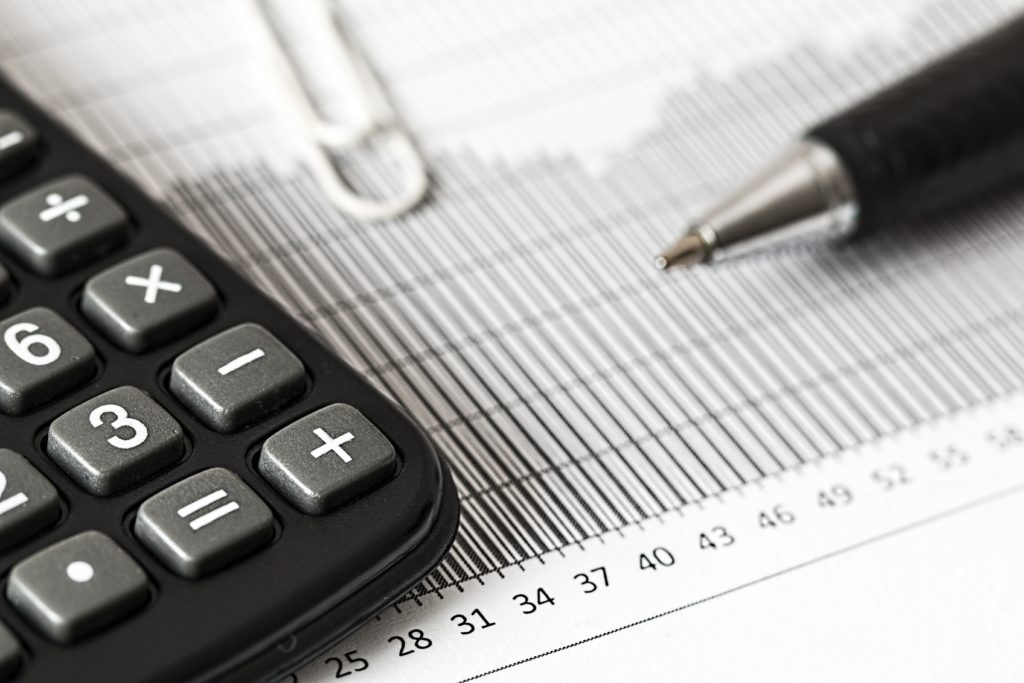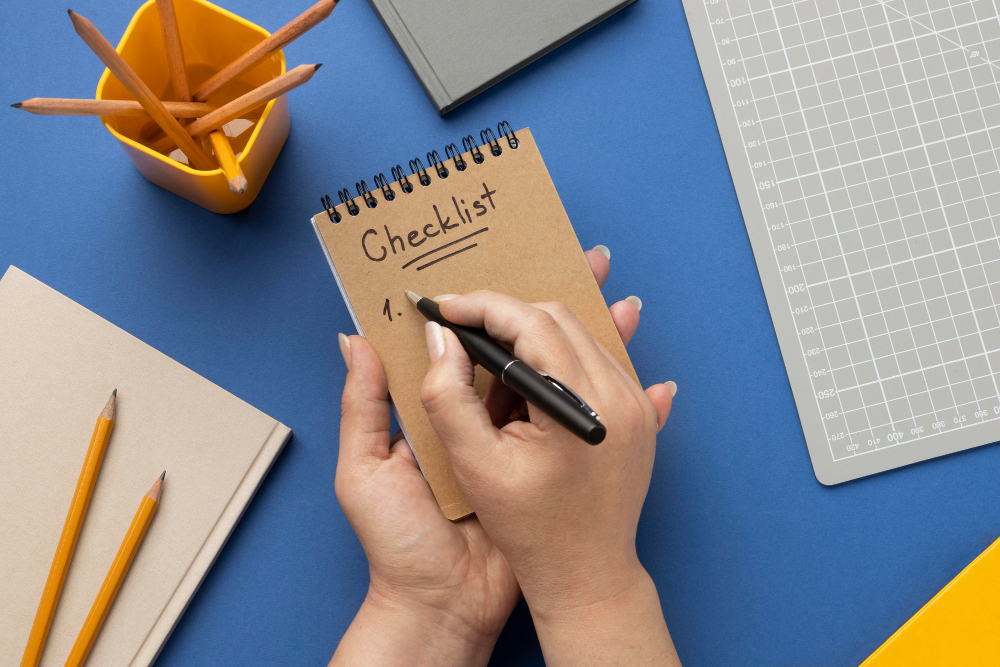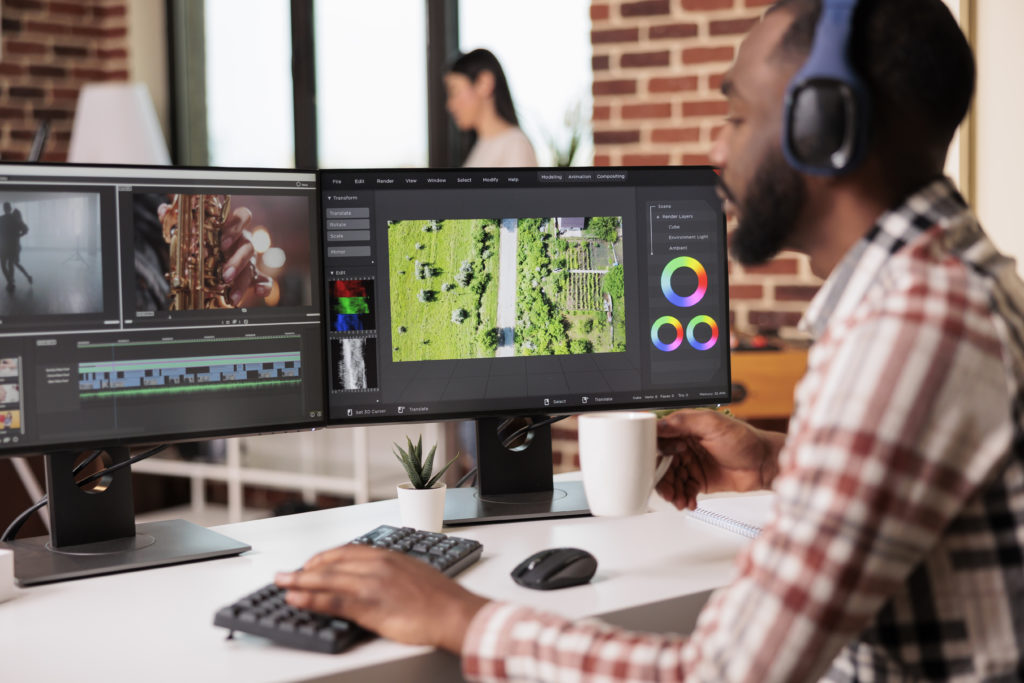
How to Promote a Concert: A Digital Advertising Primer
As more and more content is published online regardless of what happens to print, creating digital ads is a bet that’s only getting safer with each passing year for advertising your band’s or venue’s upcoming events. But to figure out your digital advertising strategy, you first need to know how each type of ad can work for you, and how to adapt your marketing ideas to each medium respectively.
Instagram Is Your Friend in the Arts
Four types of ads prevail on Instagram. There’s the standard photo ad, which in our case, is your digital equivalent of a typical concert poster: A single image with all the show information, artist names, time, date, contact info and URLs anyone will need to attend. Carousel ads are basically slideshows flipping through three or four images, which can be particularly fruitful for a venue advertising a run of upcoming shows, like a flipbook of the aforementioned photo ads. The horizontal scrolling effect of carousel ads works great for a chronological series like a concert calendar.
The option of marquee ads offer single-day campaigns for particularly urgent or time-sensitive events, such as ticket specials only being offered for a limited time. On Instagram, they’re guaranteed a top placement in the feed, adding to their don’t-miss function by making them quite literally the hardest to miss. Finally, video ads likely need no introduction as they’re essentially tiny commercials you can come across on your smartphone or computer screen and turn on the audio if your interest is piqued. But it’s helpful to know that they historically get the best engagement on social networks, and Instagram now allows video ads up to 30 seconds in length.
As with any of these formats, you don’t want your visuals to be recycled and compressed from one configuration to another; start fresh with each ad design to ensure that they make sense visually in each format. You do not want to cut corners and squish image designs lest your hard-spent advertising dollars go to a hackneyed or unprofessional-looking result. It’s worth putting in the time to make sure whatever format you choose is being designed the correct way. Keep your visuals striking and crisp when you’re focusing on images, and use clearly legible fonts and smart color choices for text. As for the posts themselves, don’t forget to target your ads, monitor the reach, and include hashtags.
Facebook Is the World’s Largest Community
Until the coming apocalypse, Facebook is resolutely the central hub of all event planning and promotion. For independent artists and venues it’s completely crucial to generate word of mouth or carve out your own niche in the local scene. Once you’ve followed the directions to create your event page, with a large main 1200×628-pixel visual uploaded, a catchy name inputted, and all pertinent details combed over and carefully added in, you’re ready to start promoting.
Obviously you want promote your show organically, link friends and fans of your band or venue page to score multiple Likes and on its own it will find its way into your other friends’ recommendations under “events you may like” or “popular with friends” suggestions. All staffers should coordinate and send the link around to build traffic and stay highlighted in people’s news feeds. Post the event link in all relevant Facebook groups on the subject and in the vicinity. Check for your local DIY music groups by state and city. If your venue has a business group in addition to a page, that’s a no-brainer for cross-promotion as well.
To maximize your show’s success with paid advertising, Facebook Ads are generously straightforward in setup: Simply hit “boost” and input your budget, target audience, planned duration for the ad rotation, and you’re ready to rock, possibly literally. You can even create Saved Audiences beforehand to refer to each time out, to expedite the process in the future. For more advanced options to tweak your ad parameters, you can use Facebook’s Ad Manager to customize everything down to the text and graphics. Consider selling tickets directly from the Facebook event page, which cuts out the middleman of linking to a third-party ticketing website and can double your sales. This Eventbrite guide can help you integrate ticket sales directly, and optimize further for ticket sales rather than event responses.
Build a custom audience by going to Business Manager and selecting the “engagement” option for an event can also help you build a recurring audience for your band or business, leading you to such audience targeting options as “people who have responded with ‘Interested’” or “people who have engaged” that you can simply check off and create your own sales funnel. And in some ways, the most important thing you can do is repeatedly check Insights to see not just how many tickets were sold but how many people you reached, how many engaged, and even the demographic breakdowns by gender and age. You can’t measure your success without comparing what’s been working and what isn’t, so you want to carefully monitor every result so you can adjust your strategies according to the actual results. Only you can ultimately find out what works for you and your shows!

Matt Ford is the founder and CEO of Prism.fm, an Austin-based software company revolutionizing live music event management. With a background in entrepreneurship and a degree from the University of Wisconsin-Madison School of Business, Ford combined his self-taught coding skills with firsthand experience as a concert promoter to address the inefficiencies he observed in the industry. In 2018, he launched Prism.fm, an all-in-one platform designed to streamline operations for venues, promoters, and agencies by replacing cumbersome spreadsheets with integrated tools for booking, financial tracking, and contract management. Under his leadership, Prism.fm has grown significantly, achieving $3 million in annual recurring revenue post-COVID and securing over $15 million in funding . Ford’s commitment to building user-centric solutions has positioned Prism.fm as a trusted partner for over 1,500 venues and promoters worldwide.



